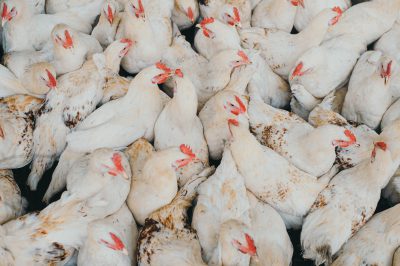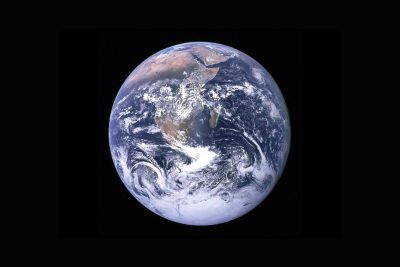The dairy industry likes to market milk as a nutritious health food, one that we should all be drinking every day. It also encourages us to think that cows naturally produce milk for our pleasure. But when we examine what this product actually is, and we look at the research, it becomes clear that none of this is true.
Is There Pus In Milk?
Probably. All milk from mammals contains what are called “somatic cells”. Somatic, simply means “body,” and a high somatic cell count does not strictly equate to “pus”. However, udder infection (mastitis) is endemic in cows exploited for their milk, and this painful infection results in much higher somatic cell counts. When a cow is infected with mastitis, more than 90 percent of the somatic cells in her milk are neutrophils, which are the inflammatory immune cells that form pus.
So, assuming these excess neutrophils created because of the infection are pus-forming, Dr. Michael Greger estimate that there is a drop of pus in each cup of milk.
Does The FDA Allow Pus In Milk?
Because mastitis is so common, the global dairy industry has pushed to keep allowable somatic cell counts in milk as high as possible, and the US has one of the highest in the world.
The FDA allows one of the highest concentrations of somatic cells in the world and overlooks the fact that one in six dairy cows in the US suffer from clinical mastitis and therefore, the likelihood that much of the milk in the US contains pus. You could console yourself with the fact it could be worse. Some countries, such as Australia, have no limit on the amount of somatic cells allowed in milk.
How Much Pus Is There In Milk?
Pus is highly concentrated, so amounts are generally small and thought to be one drop per cup. One drop may not sound like a lot, but we have to ask ourselves, if we saw someone put a drop of pus in our glass of milk, would we want to drink it?

Does Organic Milk Have Pus In It?
There is little to no research that compares organic and conventional farms when it comes to rates of mastitis and pus. If more traditional farming methods are used, then potentially there could be decreases in the amount of mastitis and therefore pus in milk. The same question applies however, is any pus ever an acceptable amount?
The only milks guaranteed to be pus-free are plant milks, such as oat, soy, rice, hazelnut, and almond.
Health Risks In Dairy
Dairy can be associated with a long list of health issues, from skin conditions to cancer. In fact, the majority of the world’s population, particularly Black and Asian communities, are lactose intolerant and cannot properly digest dairy. Lactose intolerant people suffer bloating, cramps, and other digestive issues, yet because most people are convinced dairy is a healthy, nutritious food, they will never associate it with these symptoms.
Milk Facts
Cows Are Producing More Milk Than Ever
It is not natural for dairy cows to produce the volume of milk we force them to. They are forced to give birth countless times, on a repetitive cycle, with no respite, just so they are constantly producing milk. This puts an intense strain on their bodies and shortens their lifespans. A female cow may suffer from infected reproductive organs and anal prolapses, all whilst stuck in a milking pen, longing for some contact with the calf who was taken from her.
All of this happens so that we can have dairy milk on cereal or in coffee, when we could just as easily choose one of the many delicious and nutritious plant-based options.
Dairy Damages Your Health
From skin conditions to cancer, dairy is scary when it comes to our health. Those with certain conditions who have quit dairy tell us how positive and immediate the effects can be.
Many Cows Never See Grass
Industrial farming dominates in the US and over 99 percent of farmed animals will live out their days on a factory farm. For many cows, this means either a life spent indoors being incessantly milked, or on a barren wasteland of a feedlot, crammed in with thousands of others. Either way, many cows will never see the natural grass their natural instincts and digestive systems crave.
Milk Is For Babies
Humans breastfeed their young, just like many other mammals. We are however, the only species that continues to drink the milk of another species throughout the rest of our lives. This is a truly strange concept, and the dairy industry has successfully used marketing to convince us that this process isn’t just plain weird.
The sad side of this is that we are drinking milk that is naturally meant to go to a young calf. We are depriving both mother and offspring of the most natural act in the world: breastfeeding their own child.
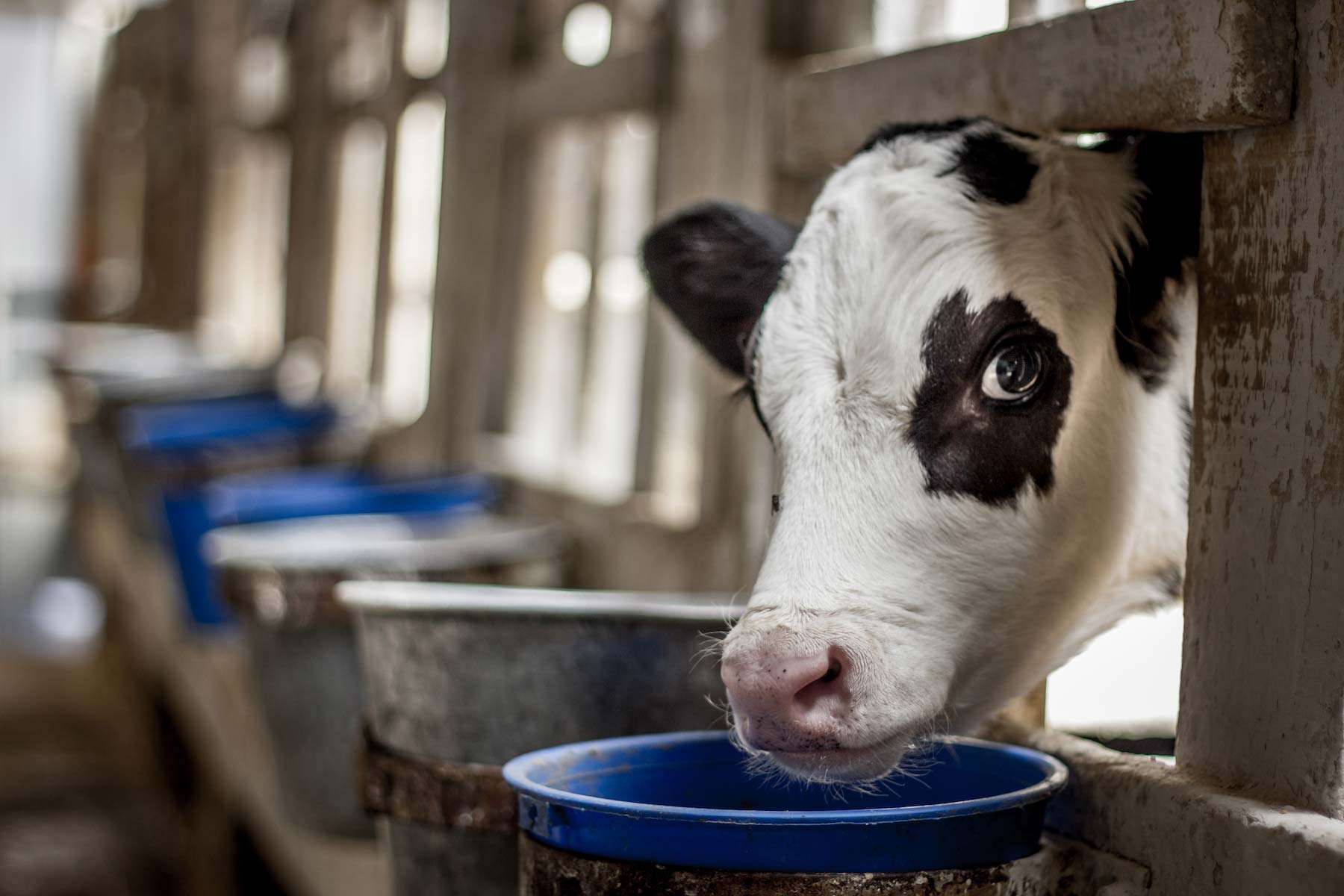
Milk Is Warming The Planet
Cows are ruminant animals, meaning they emit high concentrations of greenhouse gasses into the atmosphere. This is not their fault, and if we left them alone it would not be an issue, yet we have decided to breed them across the world in their millions, resulting in huge amounts of climate harming greenhouse gasses being emitted and warming the planet. Dairy milk produces more than three times as many emissions as soy milk.
More Soy Is Used To Make Dairy Milk Than Soy Milk
Removing cows from their natural habitat means they cannot graze naturally on grass. So, farmers feed them soy-based feed, which has resulted in over 70 percent of all the soy on the planet going to feed farmed animals, not humans. If all the soy in the world was channeled into soy milk, the whole planet would have enough milk and more, and we would not need to destroy the amazon rainforest to do it.
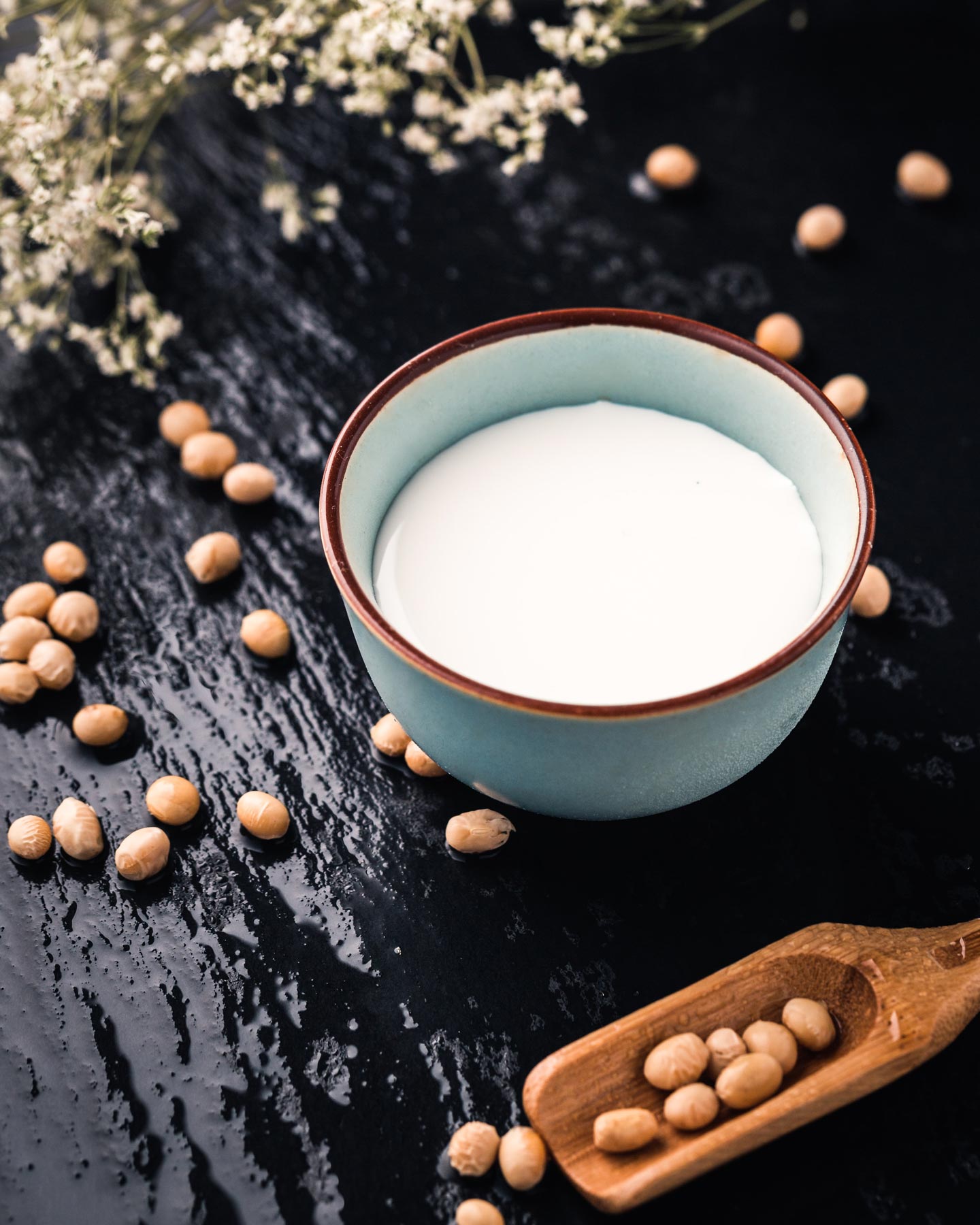
There Are Better Sources Of Calcium
Seeds, beans, lentils, leafy greens, and almonds are all excellent sources of calcium that don’t risk our health like dairy does.
You’re Drinking Pus
How many of us would be happy if somebody came along and dropped some pus from a cow’s udder into our drink? So, why do we allow this to happen in the dairy industry? Oat milk, soy milk, or one of the many other delicious and nutritious alternatives, contain no pus from any human or non-human animal. It seems like an easy choice.
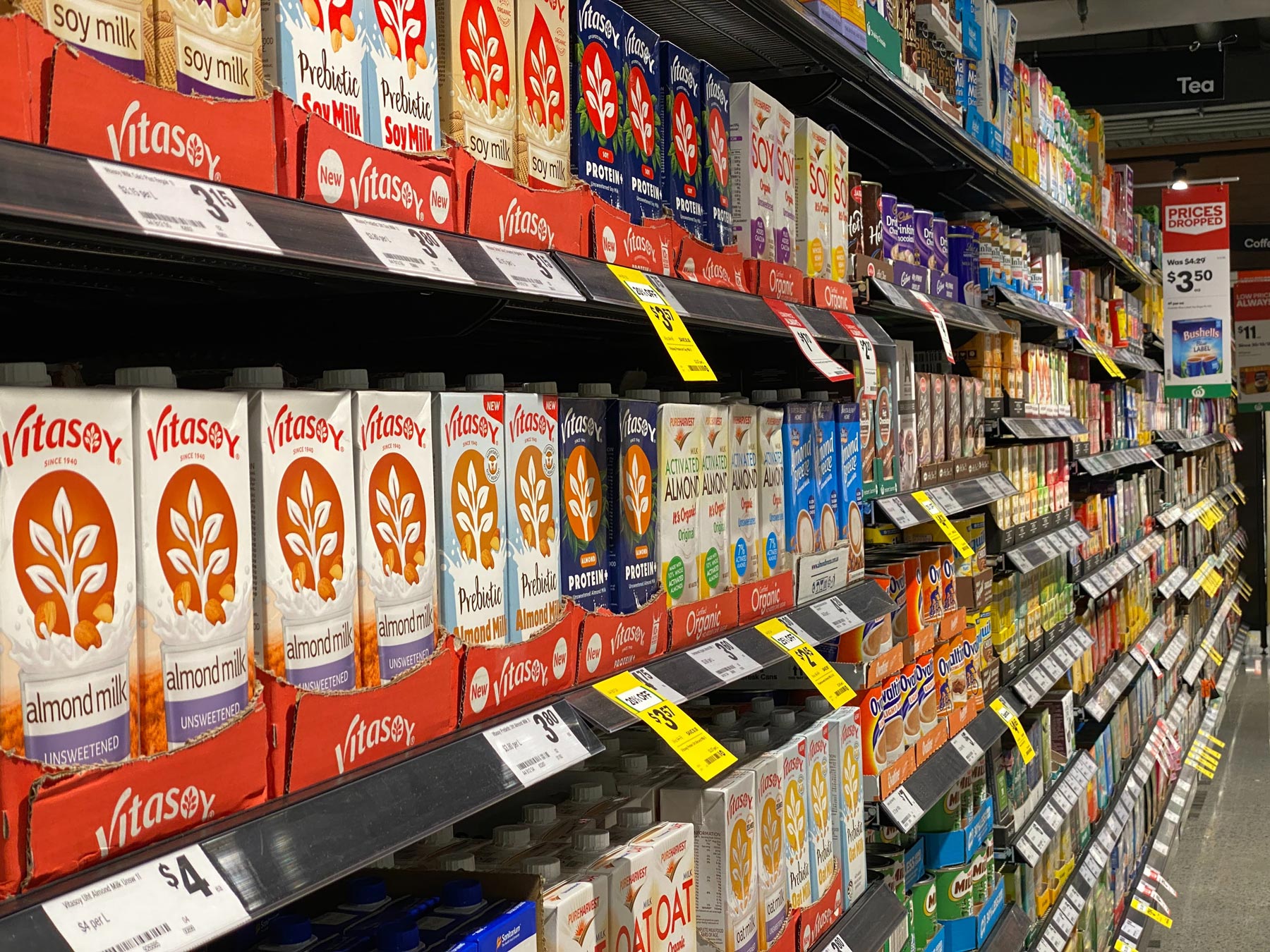
Conclusion
It’s highly likely that if you are eating dairy every day, you are consuming pus on a regular basis. When there are so many health and delicious plant-based alternatives to milk, cheese, and yogurt that contain zero pus, why would we settle for less?

